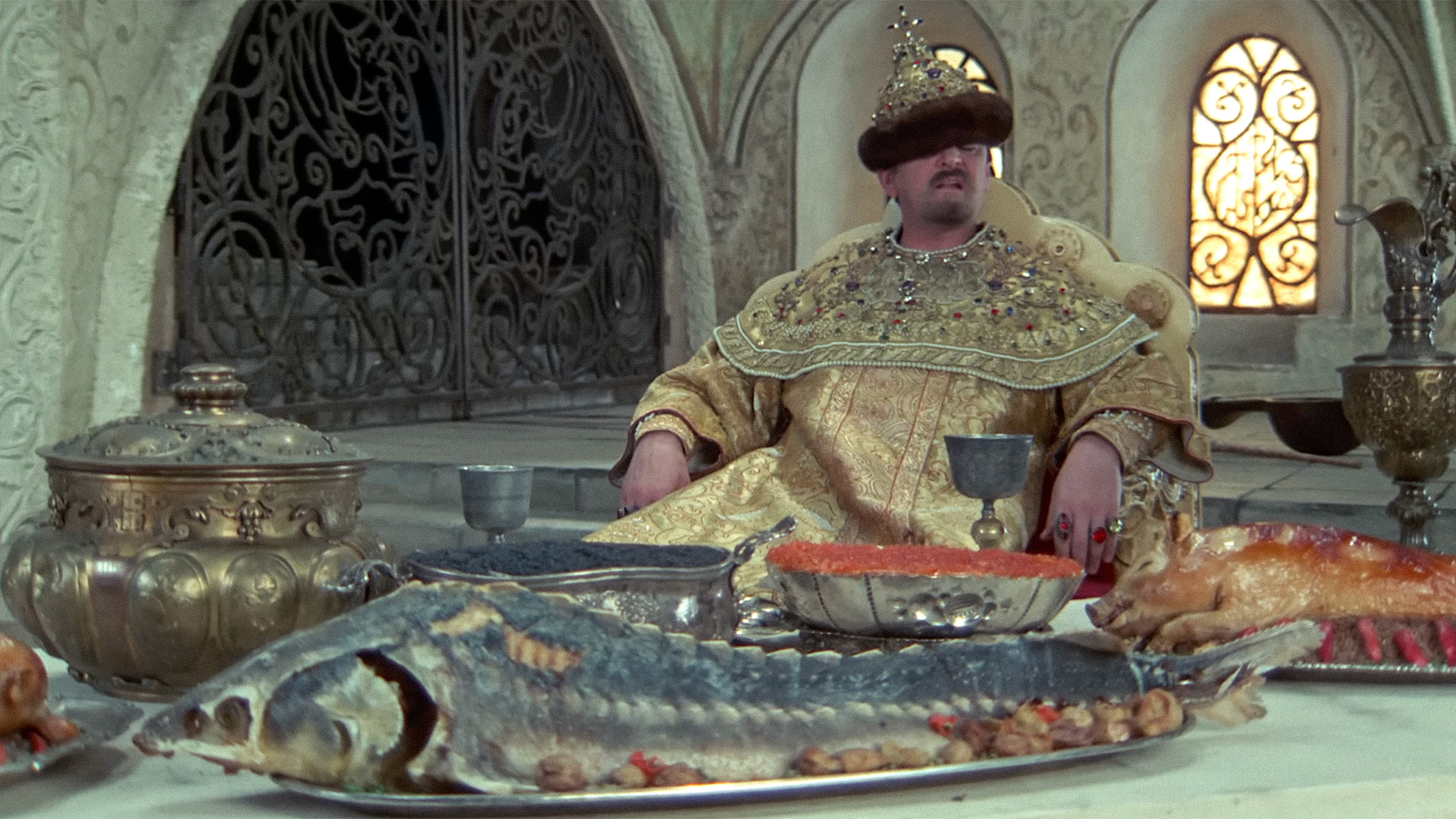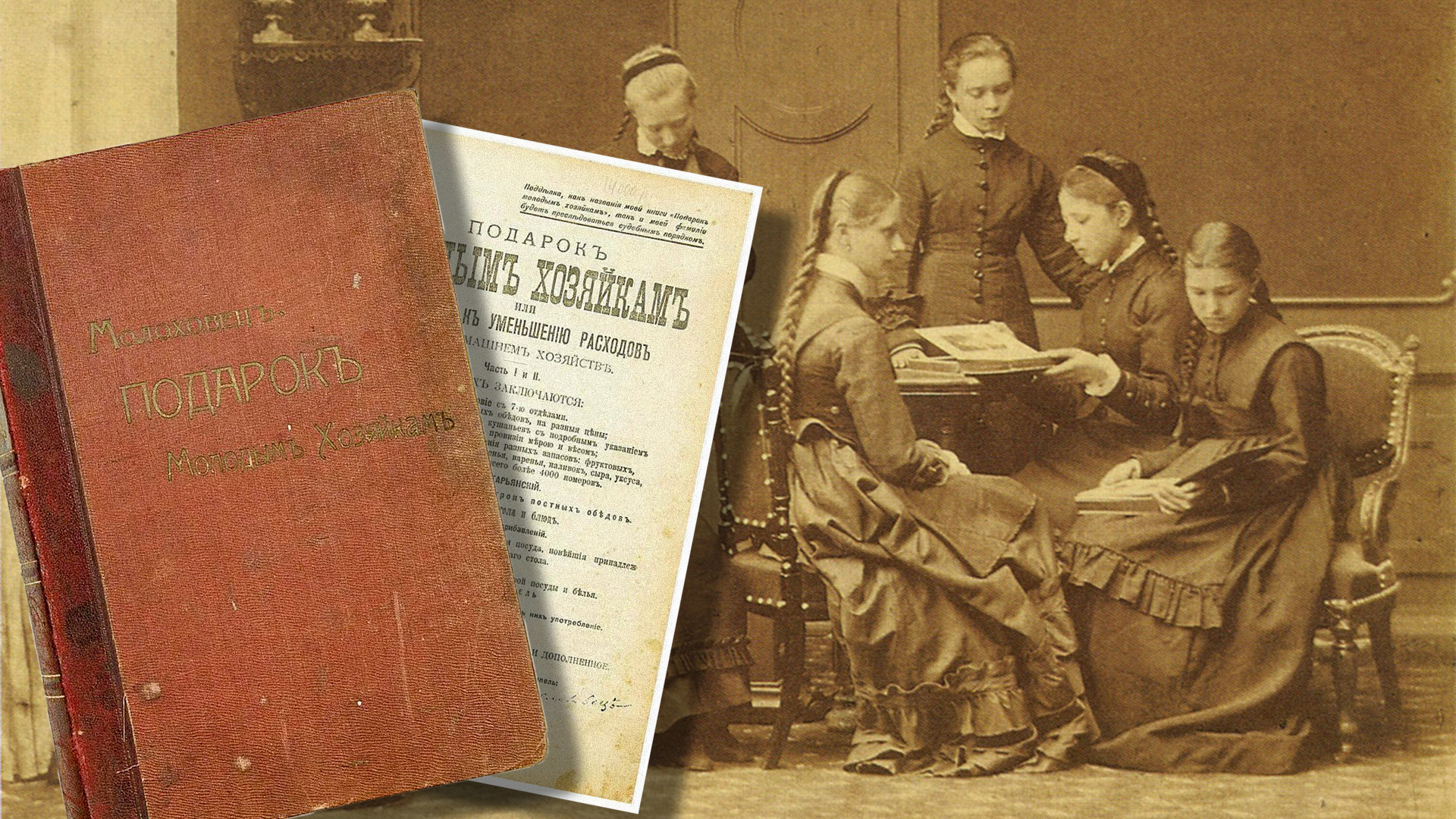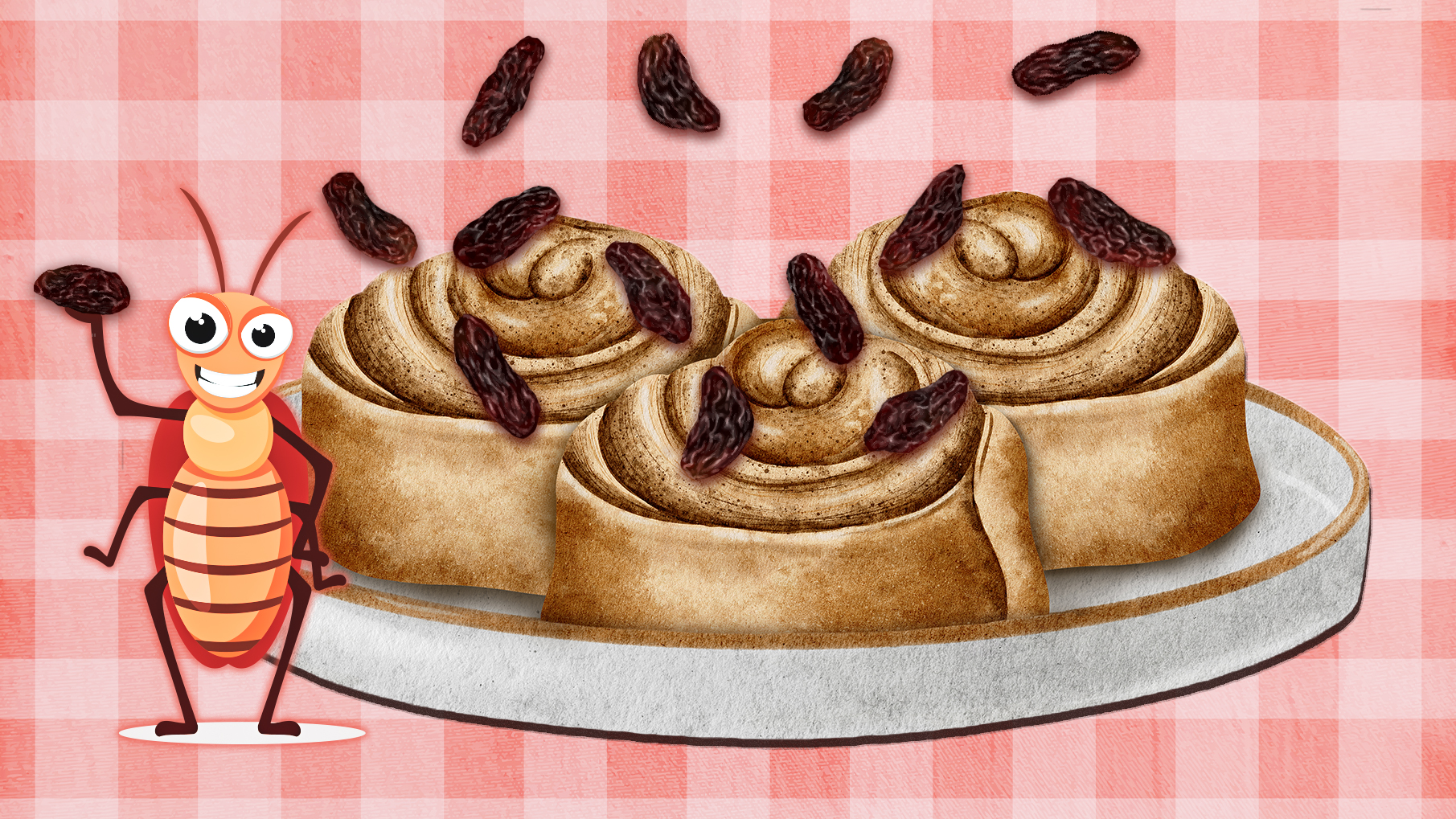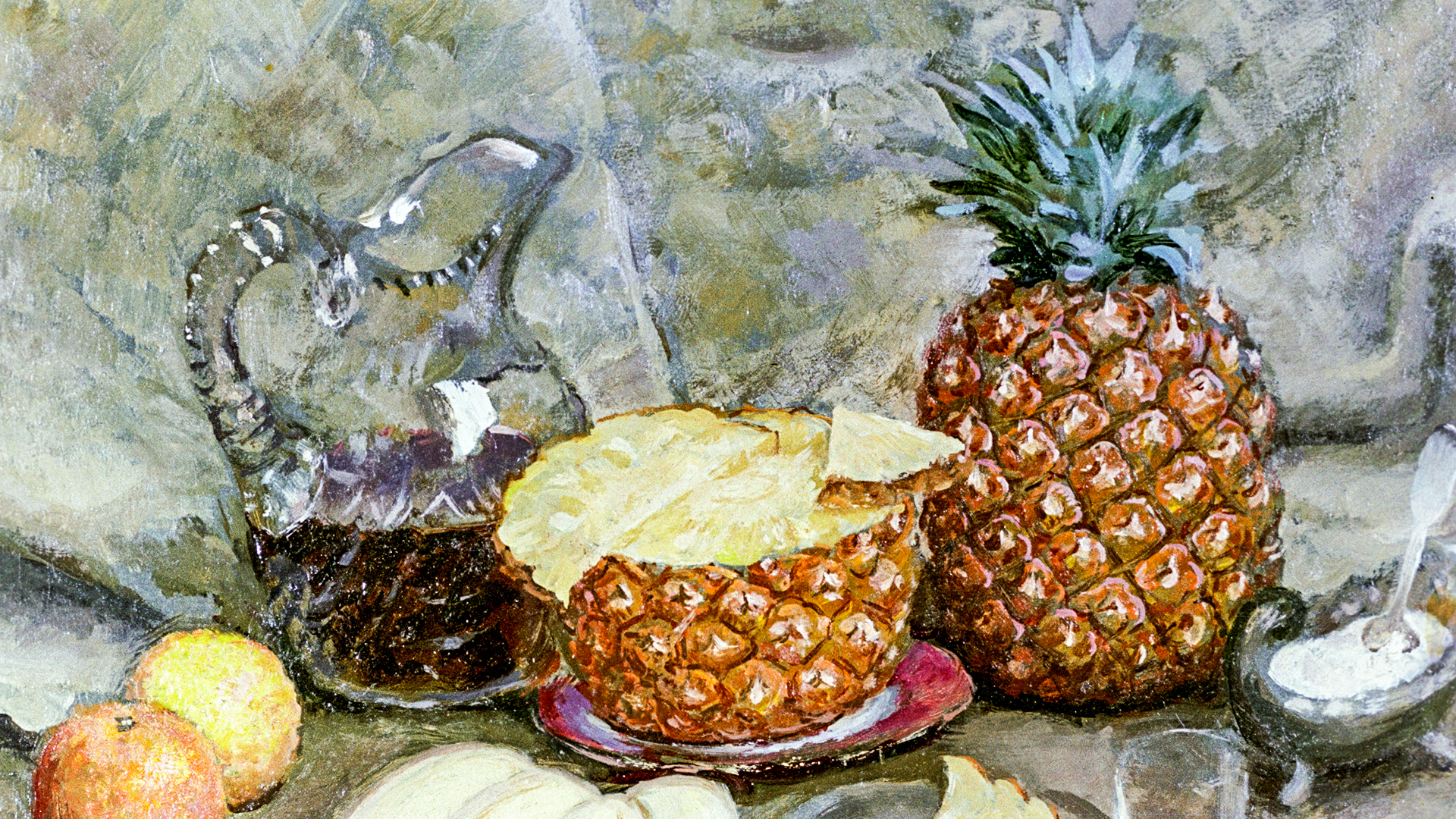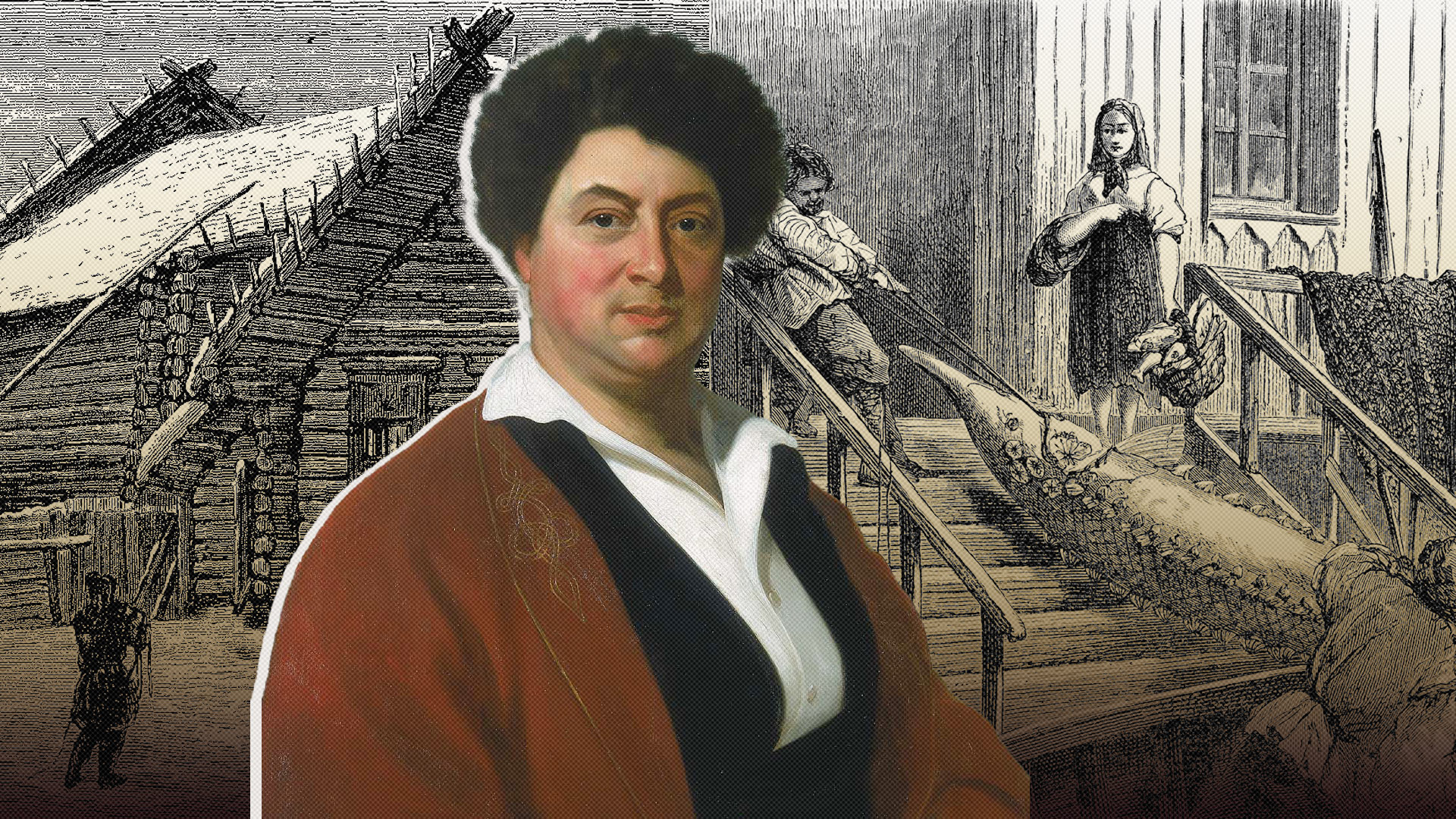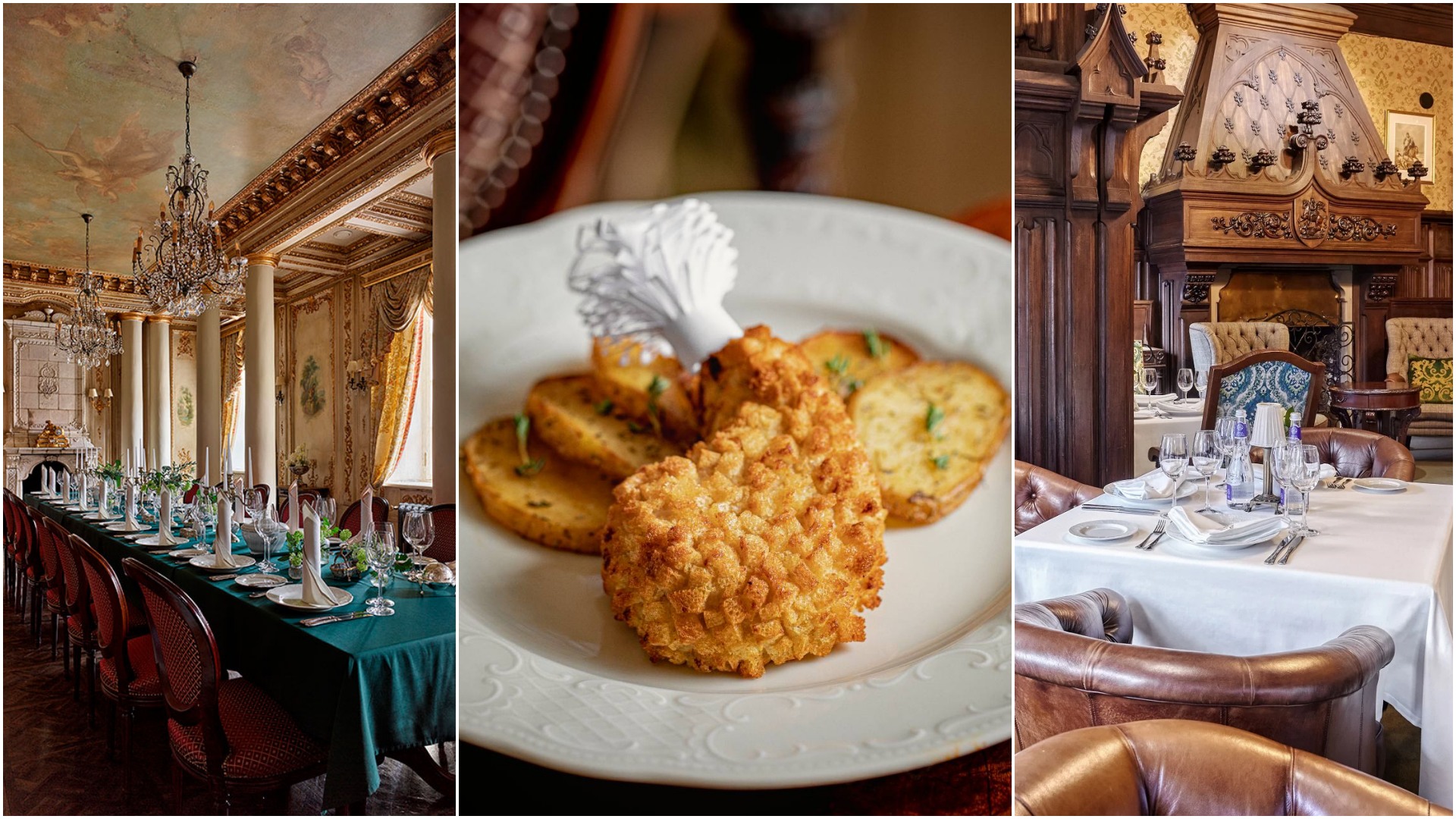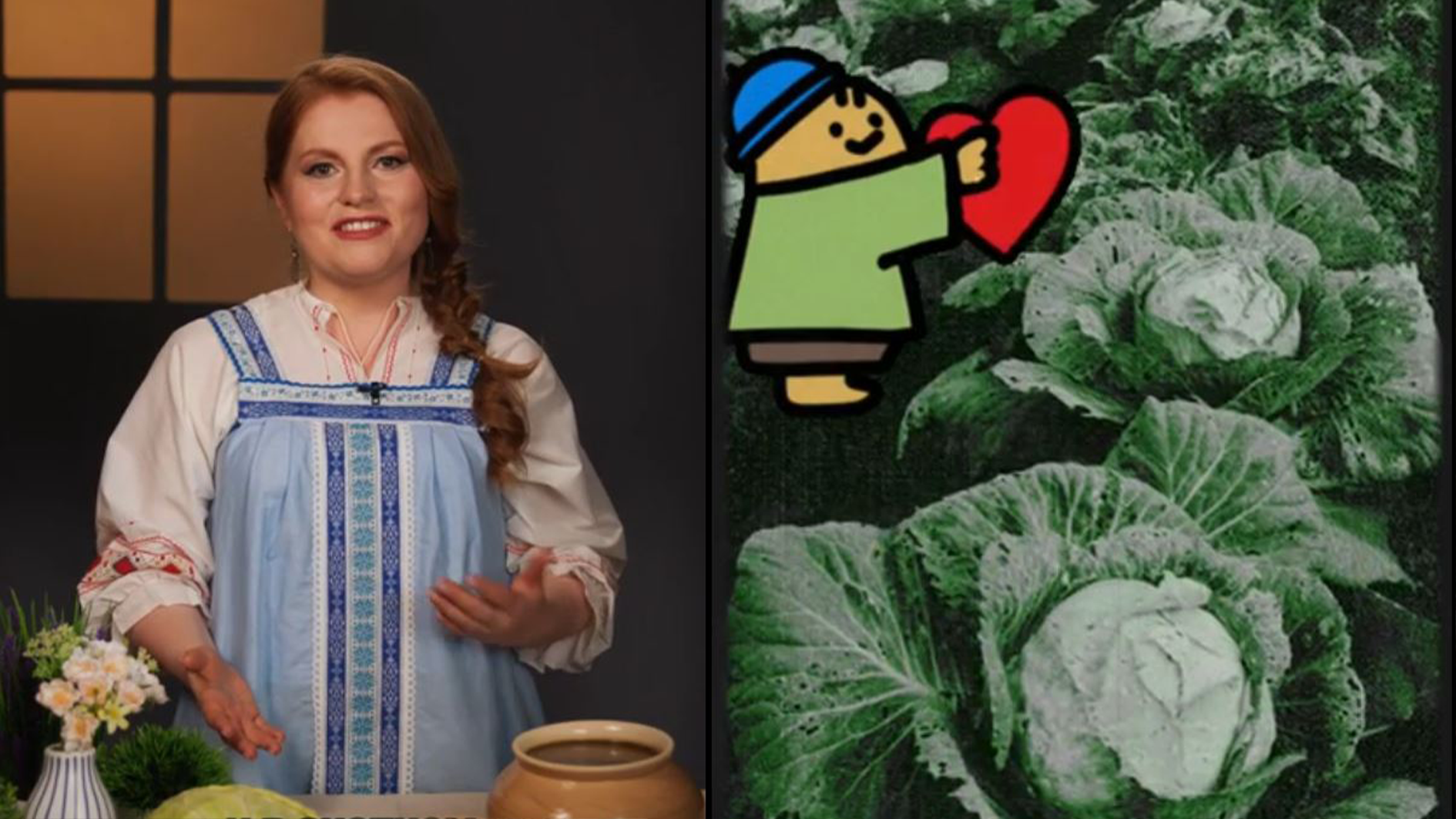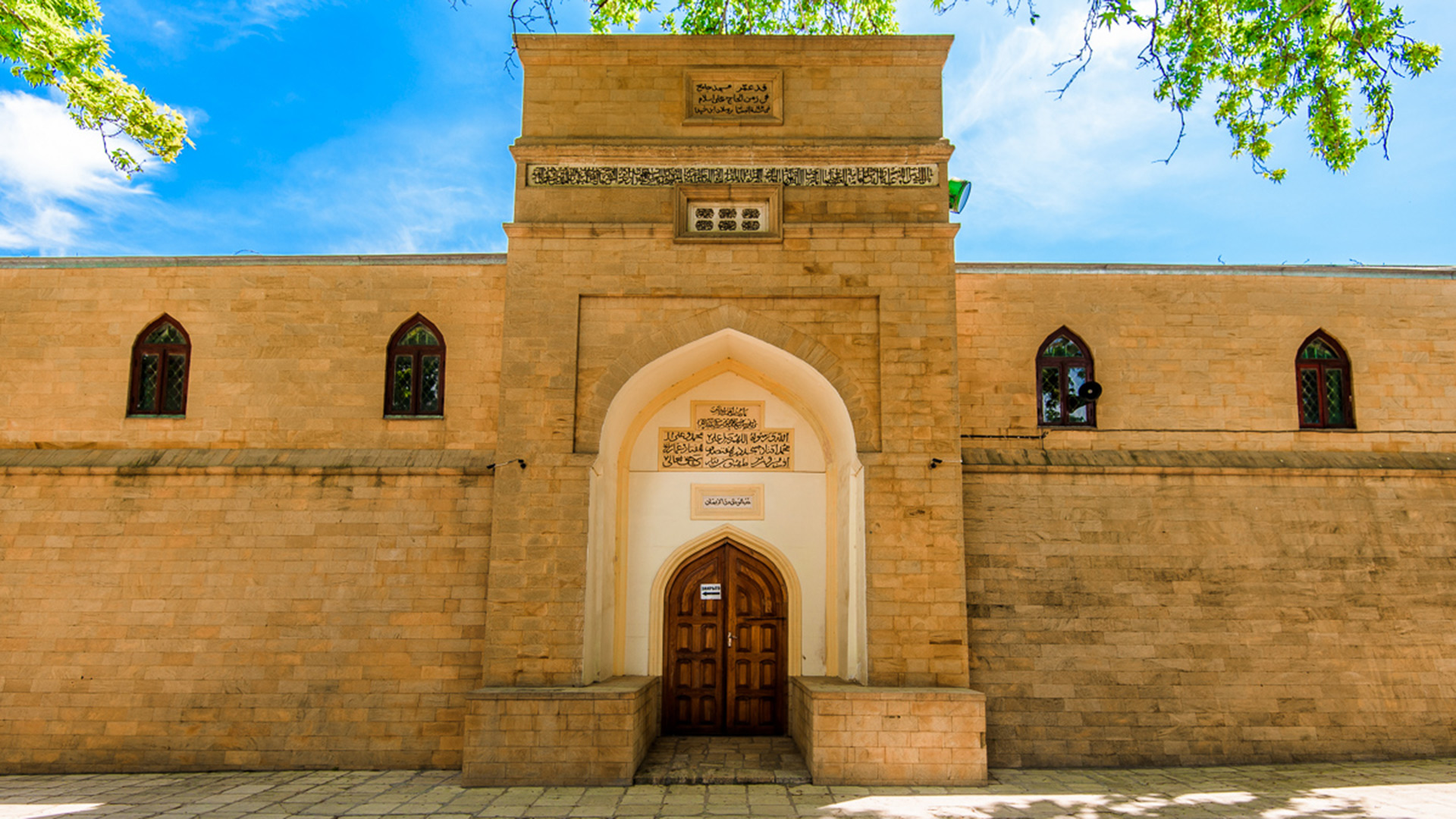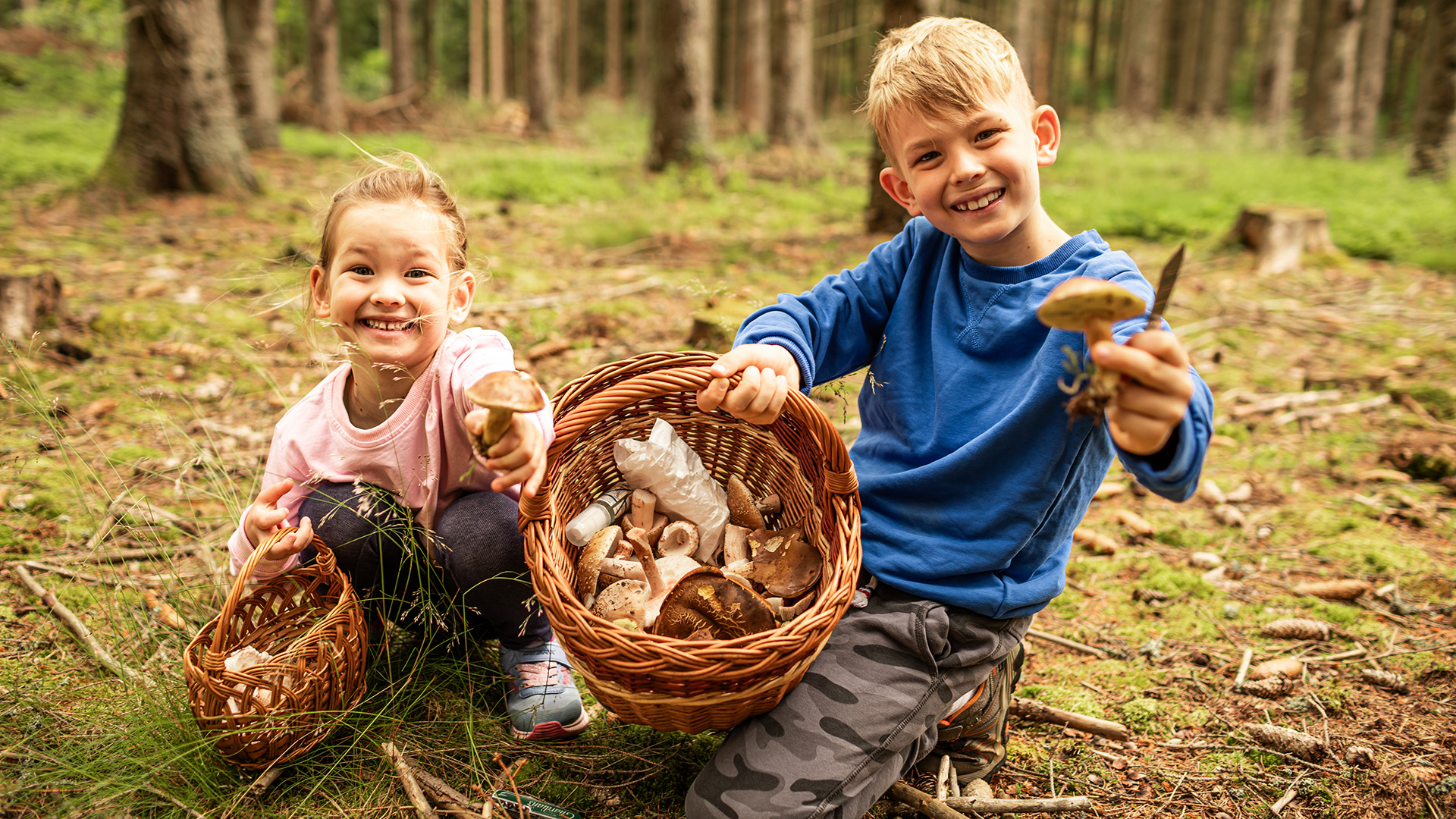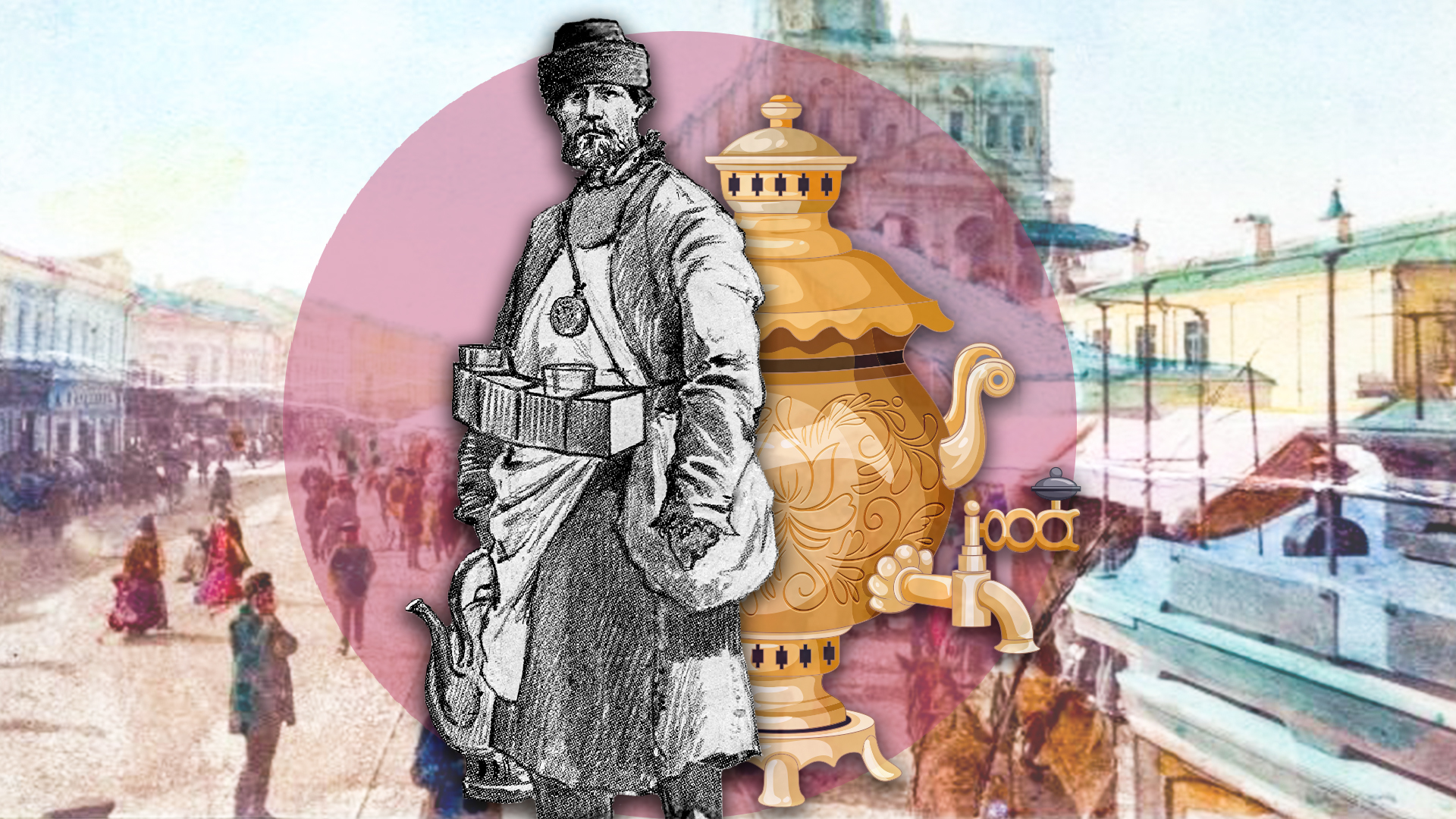
10 dishes from Dagestan worth trying!
1. Khinkal
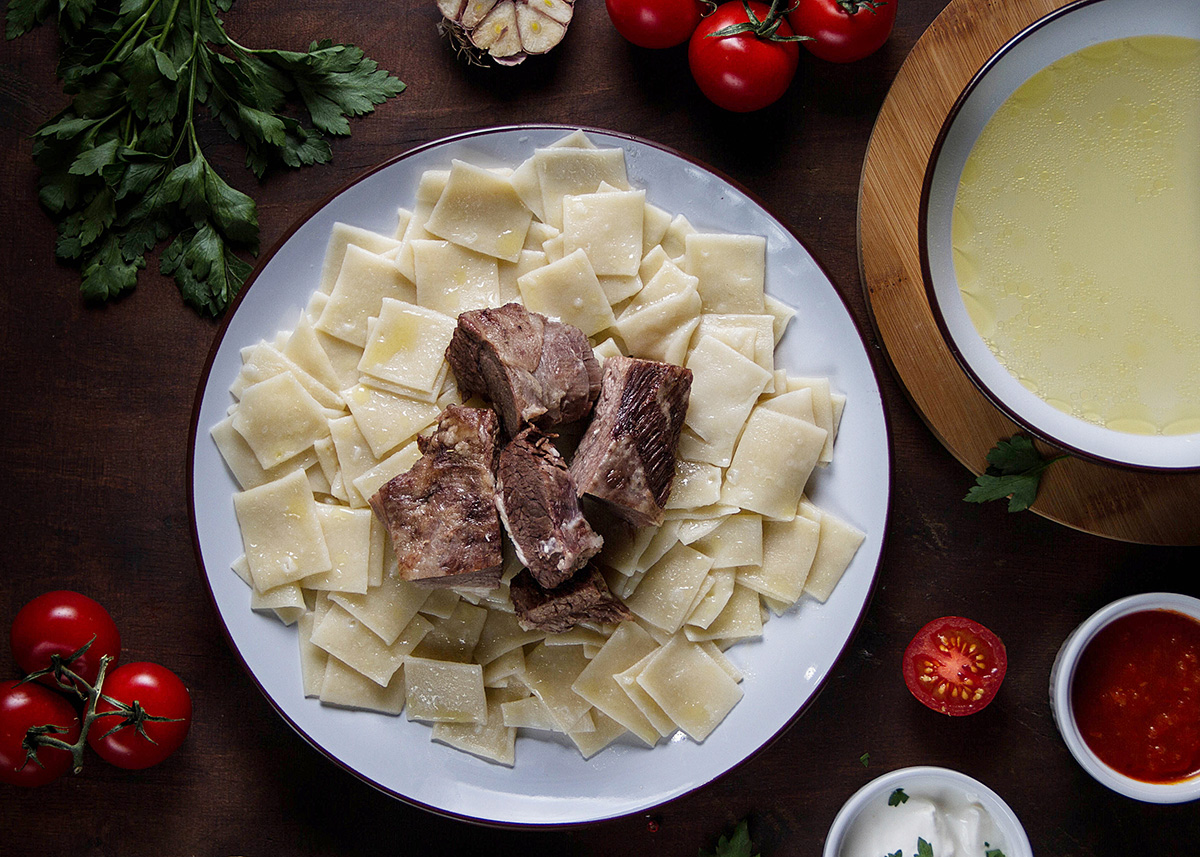
This is Dagestin’s main dish. And don't confuse it with Georgian khinkali! Knikhal is about boiled meat, dough, broth and sauce. All the ingredients are served separately. The dish is prepared for a festive table and you can try it in almost every restaurant in Dagestan. In addition, every Dagestani national group has its own take on the recipe, usually differentiated by the shape of the dough: the Avars have thick pieces in the shape of diamonds, the Lezgins have thin pieces, while the Dargins, for example, shape the dough into snails.
Read more about khinkal here.
2. Kurze
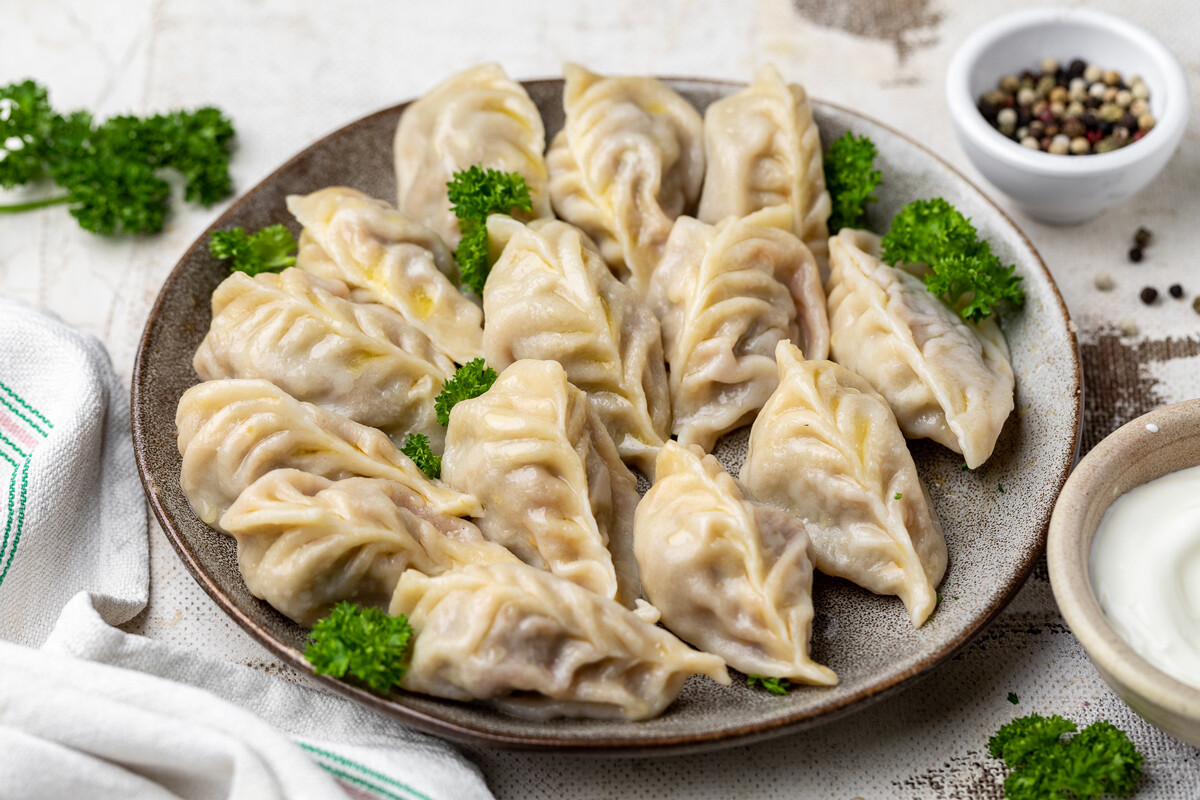
Russian pelmeni, Italian ravioli, Japanese gyoza - almost every national cuisine has its own recipe for stuffed dough. In Dagestan, it is kurze. These dumplings are made from thin dough in the form of a braid, and boiled. The filling can be anything from cottage cheese, to greens, meat, or potatoes.
3. Chudu
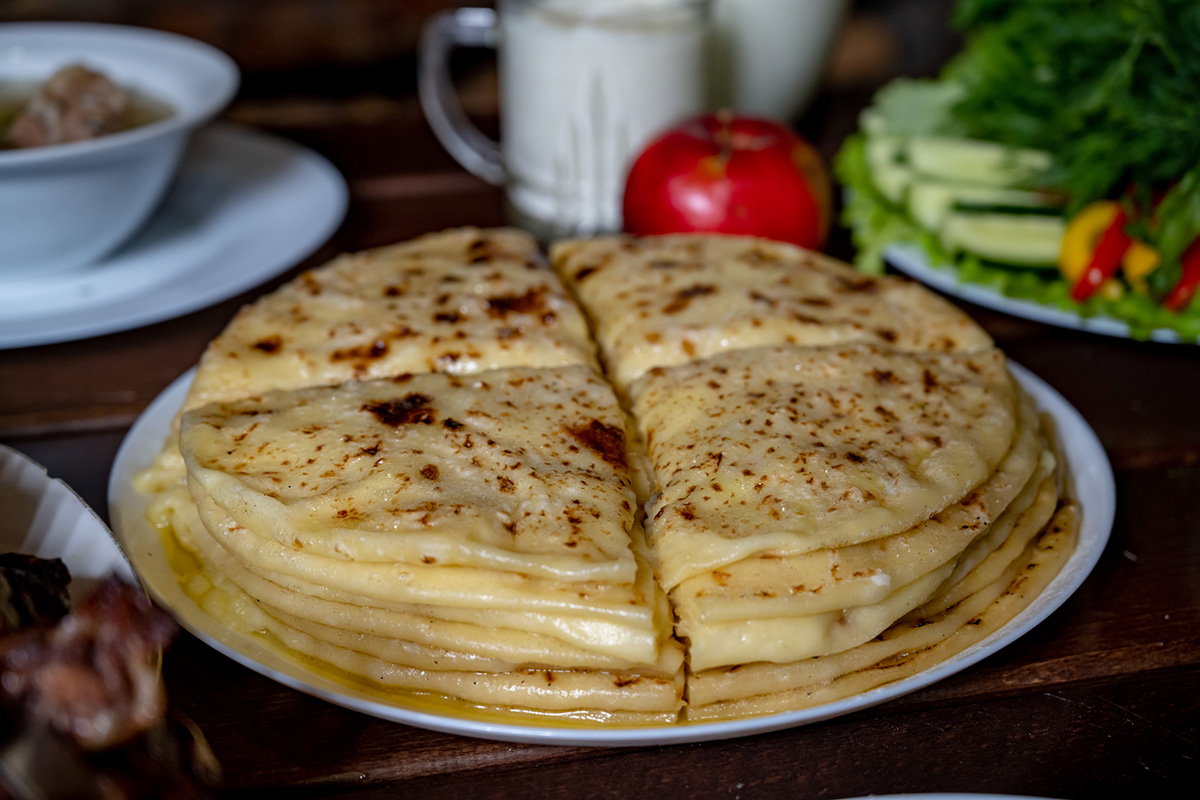
Traditional flatbreads made from unleavened dough are fried on a dry pan, then served greased with butter. Just like with kurze, there’s a variety of fillings: meat, pumpkin, cottage cheese, or greens. Chudu also comes in different varieties : thick meat pies - kiachi, or Avar botishal pie with cottage cheese or potatoes.
4. Shashlyk
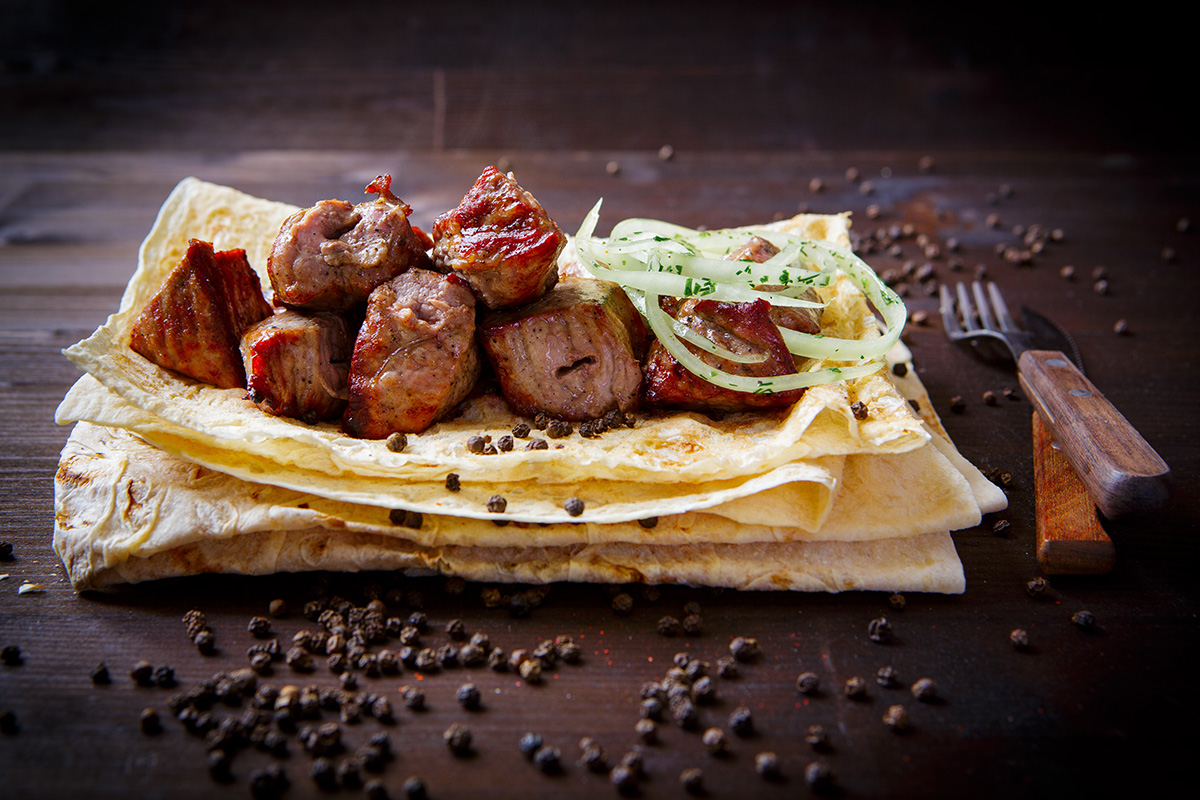
It’s a culinary crime to visit the Caucasus and not try the barbeque! Shashlyk is any meat grilled over coals on skewers. Dagestan is famous for mutton and lamb: local chefs know how to cook it like no other. Take it from the pulp or ribs — you won’t regret it. In addition, you should definitely try lula, minced meat strung on a skewer.
5. Kaurma
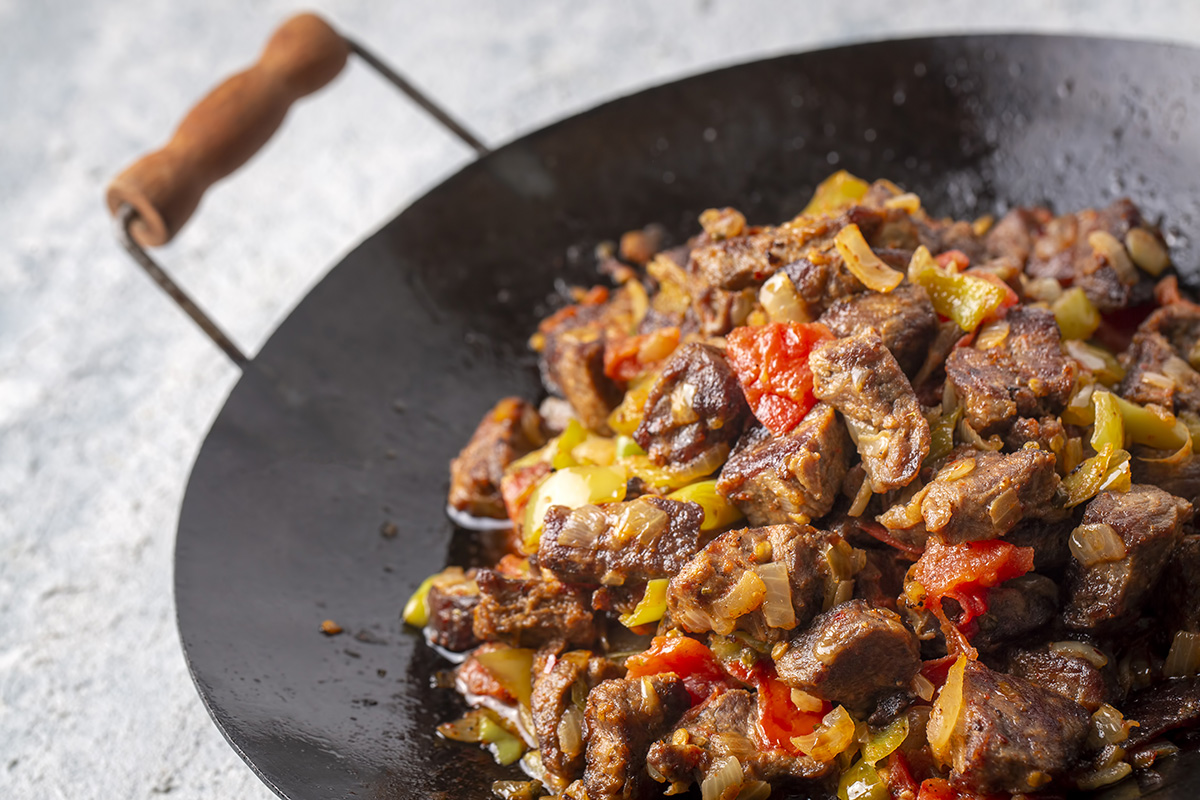
Many Caucasian ethnic groups have their own variation on this dish. The Dagestani version is stewed meat (most often lamb) with lots of spices, herbs and a variety of vegetables.
6. Dried meat
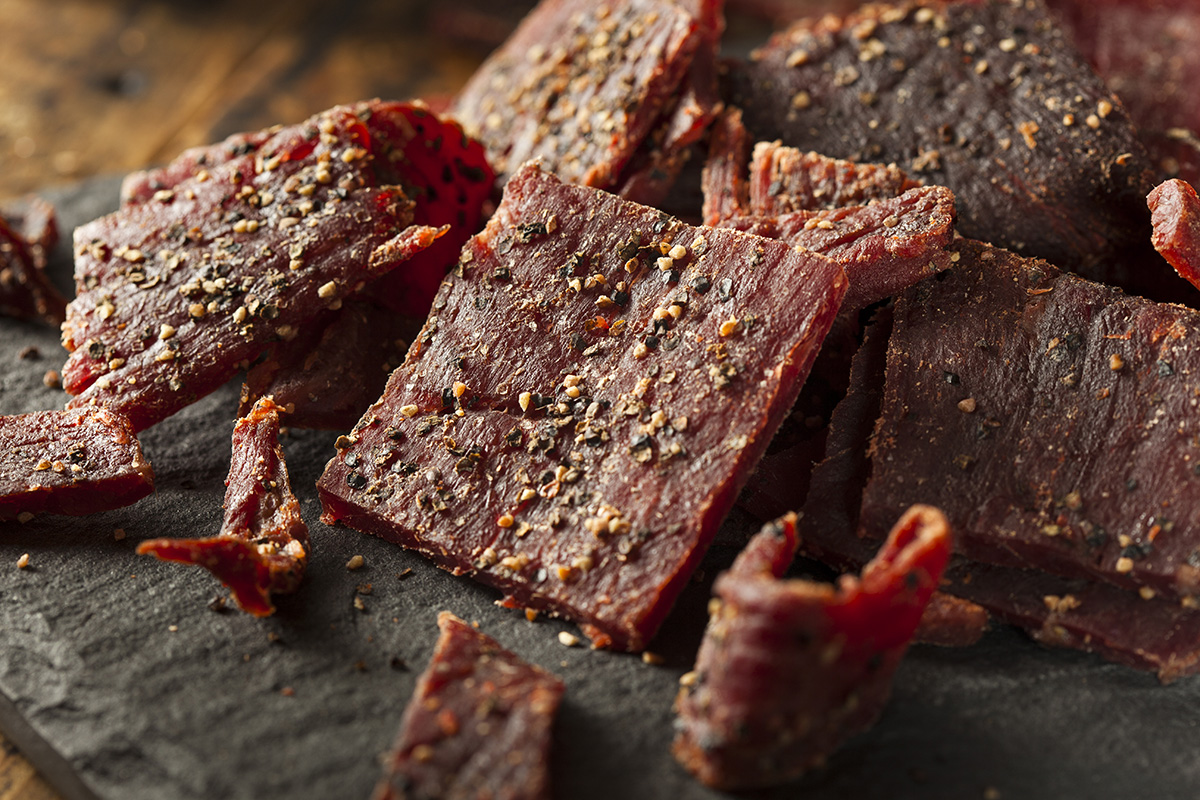
Dried meat has been consumed in the mountain villages of Dagestan for centuries. It is how meat was preserved for the winter, before the invention of refrigerators.The mountains have the perfect climate for such curing, with a lot of sun and wind. The most popular types of dried meat are mutton and beef. You can taste this snack in restaurants (they also serve khinkal with dried sausage and meat) or at a market, or simply buy it vacuum-sealed, as a gastronomic souvenir.
7. Urbech
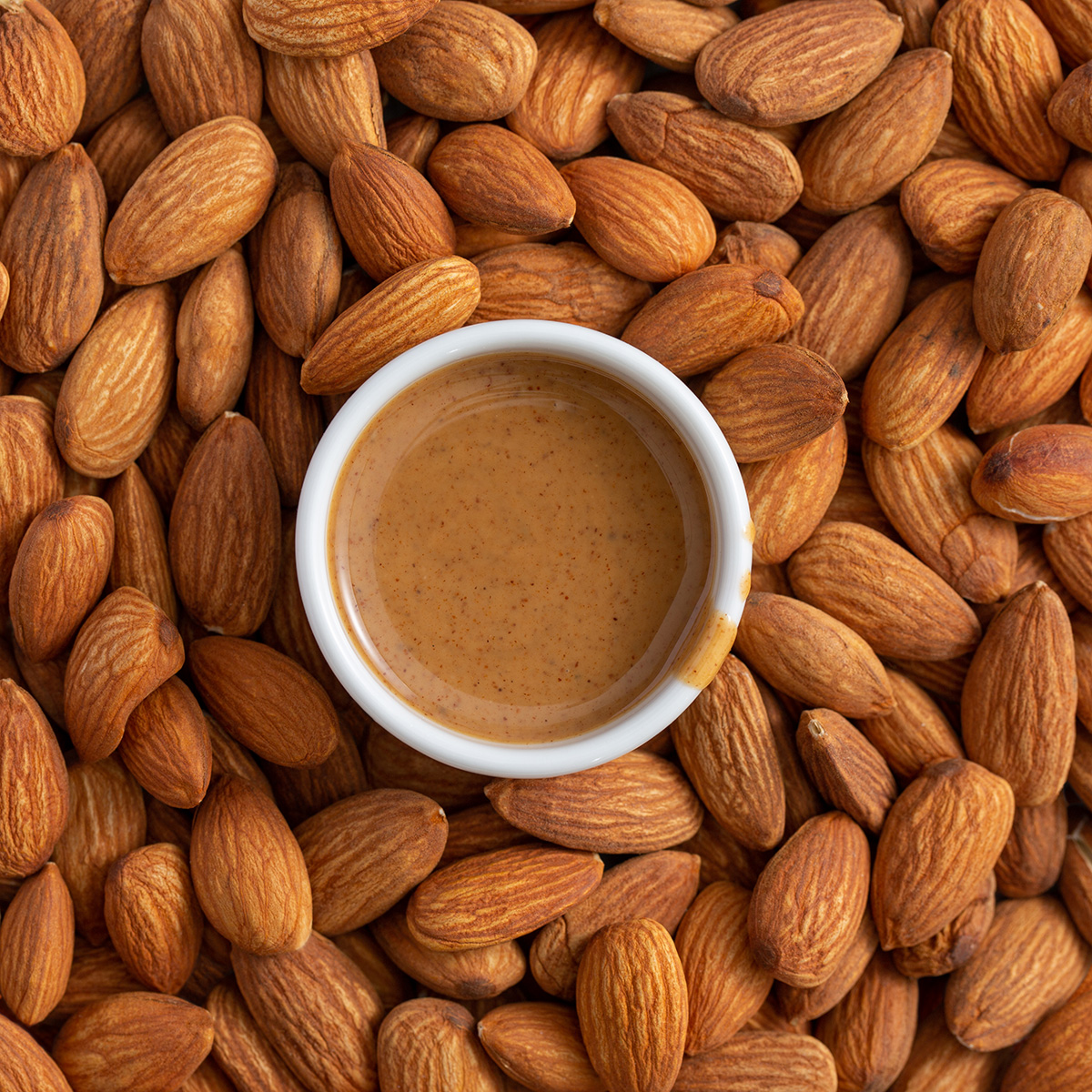
Urbech is a paste made from nuts (most often almonds) and various types of seeds (flax, hemp, sunflower, pumpkin). In Dagestan, people believe that urbech helps cure all diseases and boosts the immune system, so they give it to children, add it to porridge, and cook sweets with it. Be sure to try the local coffee with urbech, and bring a jar home with you!
8. Dried apricot porridge
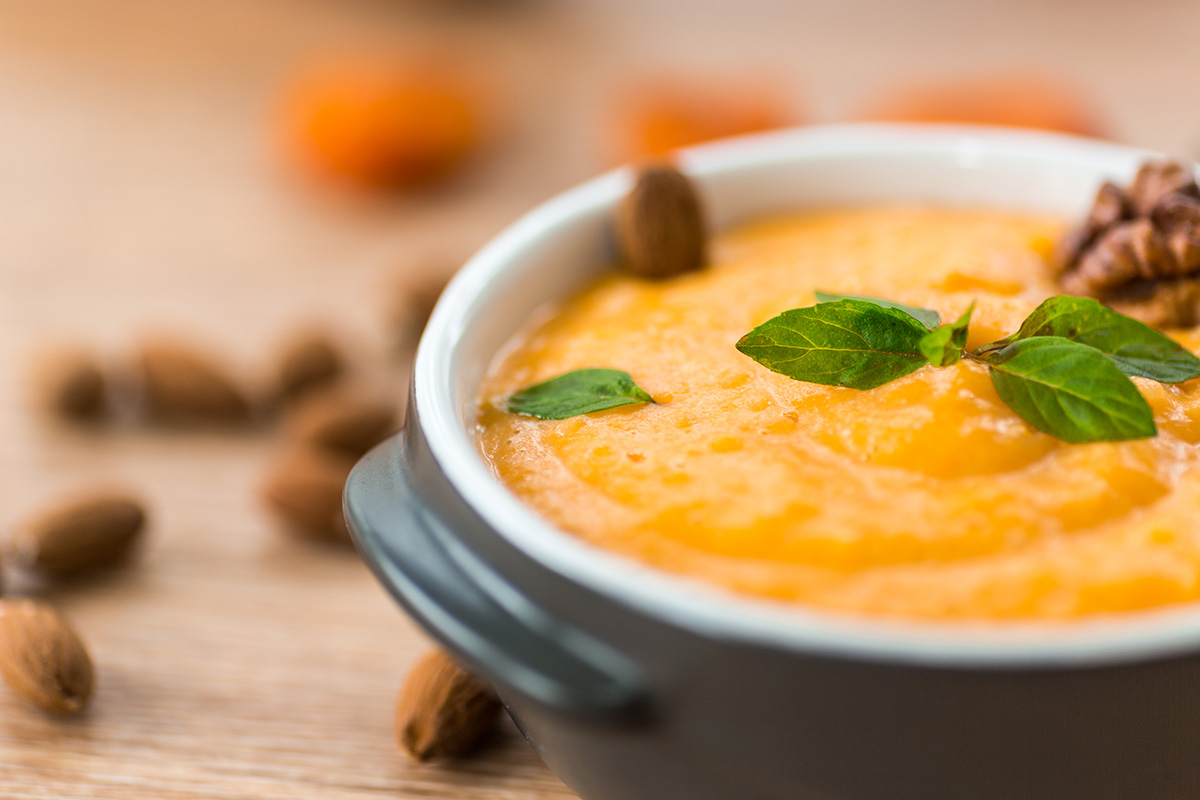
An abundance of apricots is what gave rise to this recipe in the locals’ imagination. Dried apricot porridge is usually served for breakfast, and the afore-mentionedurbech is added to it. Sweet and satisfying!
9. Bakhukh
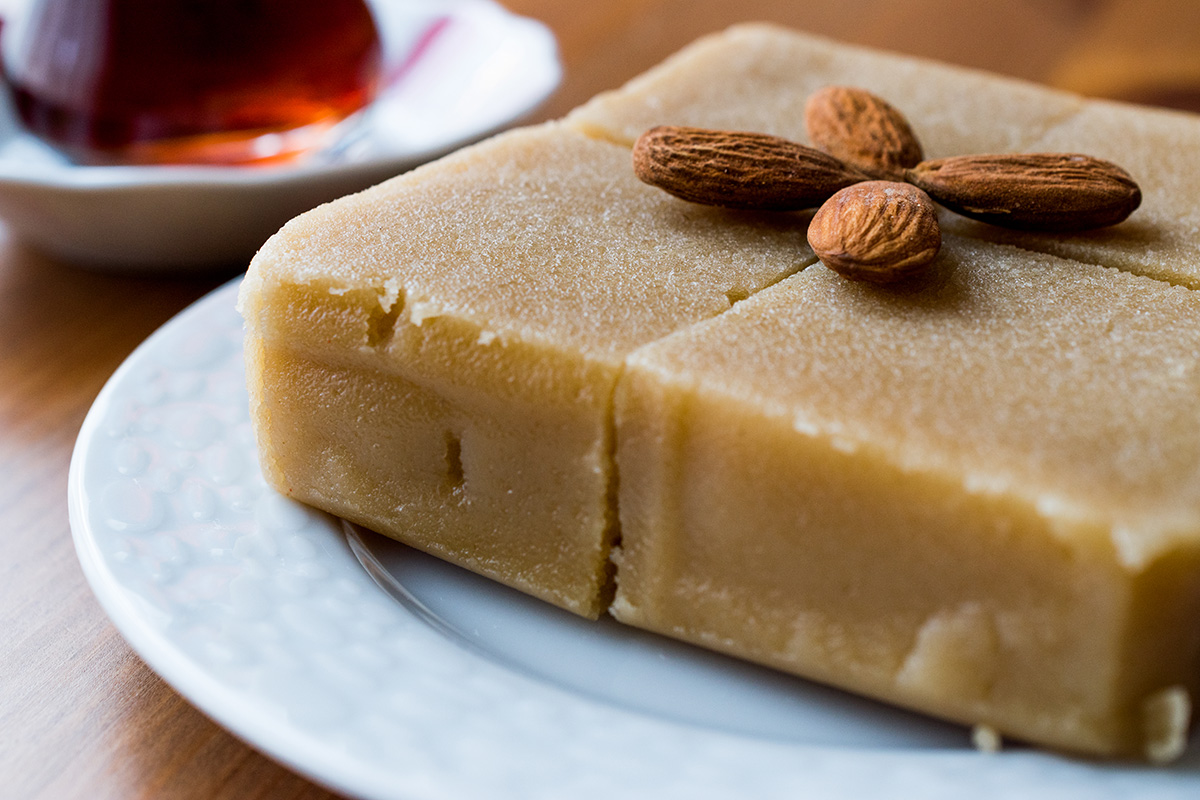
Normally a wedding dessert, this Dagestani variety of khalva is also prepared for wakes. Bakhukh is made from flour and butter, and decorated with nuts. It is served in the form of lozenges.
10. Kalmyk tea
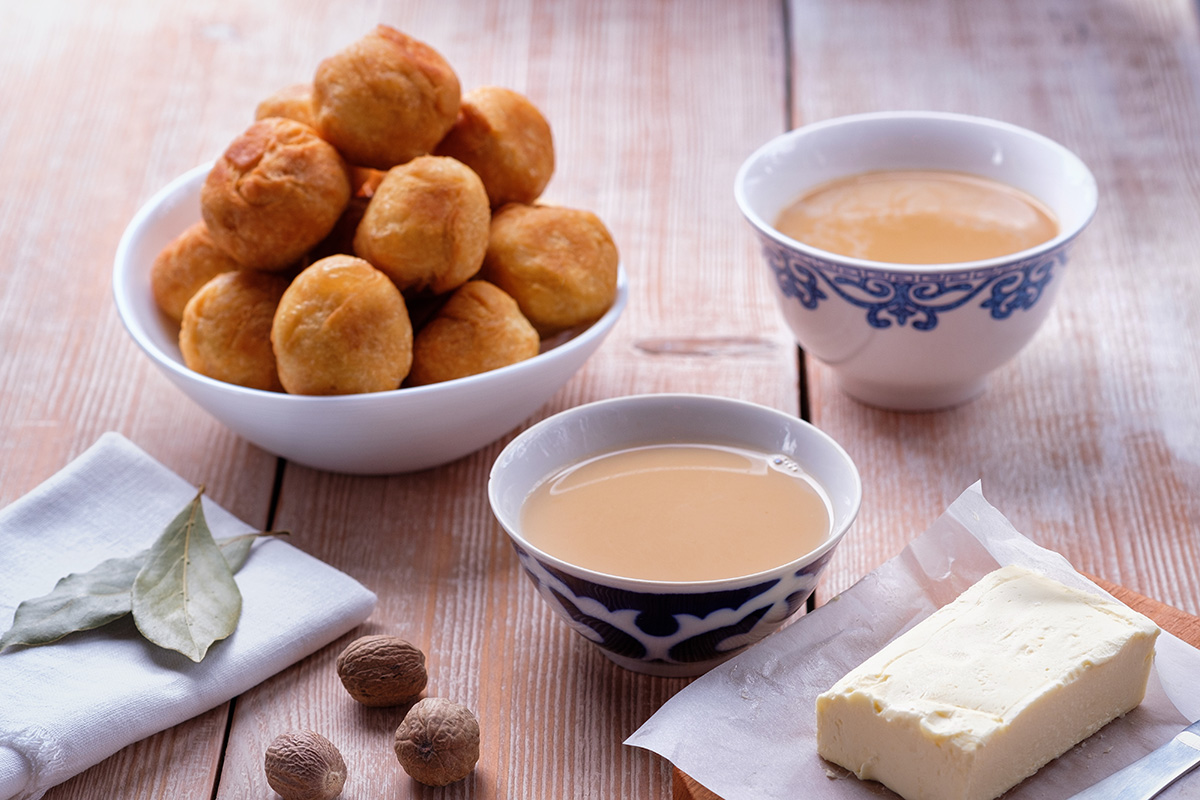
Local historians are still arguing why Kalmyk tea has become so popular in Dagestan. Most likely, it was brought here centuries ago by Kalmyk nomads. But it is very popular among Dagestani highlanders and has become a national drink over time. Today,curious tourists also drink it, although it’s said to be an acquired taste. It is a kind of tea-based drink, with the addition of milk, salt, spices and oil (and sometimes mutton fat). If you don't like it, then just try the traditional Dagestani herbal tea, you will definitely like that!



